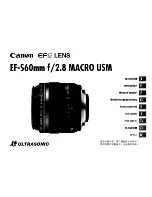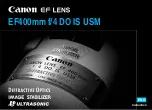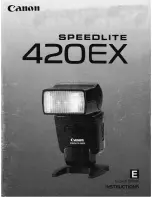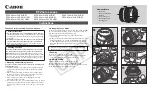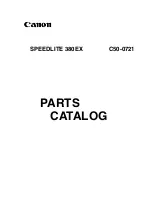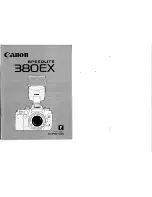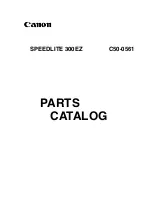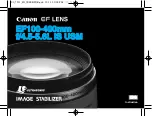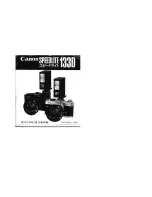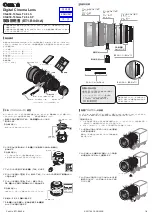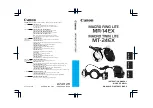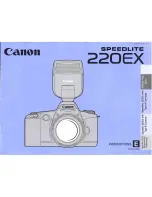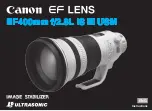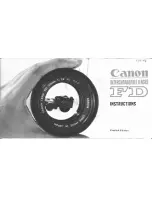
AXIS M4216-LV Dome Camera
The device interface
Zoom
: Use the slider to adjust the zoom level.
Autofocus area
: Click
to show the autofocus area. This area should include the area of interest.
Autofocus
: Click to make the camera focus on the selected area. If you don’t select an autofocus area, the camera focuses
on the entire scene.
Reset focus
: Click to make the focus return to its original position.
Focus
: Use the slider to set the focus manually.
Rotate
: Select the preferred image orientation.
Wide dynamic range
WDR
: Turn on to make both bright and dark areas of the image visible.
Local contrast
: Use the slider to adjust the contrast of the image. A higher value makes the contrast higher between dark
and light areas.
Tone mapping
: Use the slider to adjust the amount of tone mapping that is applied to the image. If the value is set to zero only
the standard gamma correction is applied, while a higher value increases the visibility in the image.
Dynamic contrast
: Turn on to improve the exposure when there is a considerable contrast between light and dark areas in the
image. Turn on WDR in intense backlight conditions, and turn it off in low-light conditions for optimal exposure. Use the
Dynamic
contrast level
slider to adjust the contrast in the image. A higher value increases the contrast between dark and light areas.
White balance
When the camera detects the color temperature of the incoming light, it can adjust the image to make the colors look more
natural. If this is not sufficient, you can select a suitable light source from the list.
The automatic white balance setting reduces the risk of color flicker by adapting to changes gradually. If the lighting changes, or
when the camera is first started, it can take up to 30 seconds to adapt to the new light source. If there is more than one type
of light source in a scene, that is they differ in color temperature, the dominating light source acts as a reference for the
automatic white balance algorithm. This behavior can be overridden by choosing a fixed white balance setting that matches
the light source you want to use as a reference.
Light environment
:
•
Automatic
: Automatic identification and compensation for the light source color. This is the recommended setting
which can be used in most situations.
•
Automatic – outdoors
: Automatic identification and compensation for the light source color. This is the recommended
setting which can be used in most outdoor situations.
•
Custom – indoors
: Fixed color adjustment for a room with some artificial light other than fluorescent lighting and
good for a normal color temperature around 2800 K.
•
Custom – outdoors
: Fixed color adjustment for sunny weather conditions with a color temperature around 5500 K.
•
Fixed – fluorescent 1
: Fixed color adjustment for fluorescent lighting with a color temperature around 4000 K.
•
Fixed – fluorescent 2
: Fixed color adjustment for fluorescent lighting with a color temperature around 3000 K.
•
Fixed – indoors
: Fixed color adjustment for a room with some artificial light other than fluorescent lighting and
good for a normal color temperature around 2800 K.
•
Fixed – outdoors 1
: Fixed color adjustment for sunny weather conditions with a color temperature around 5500 K.
•
Fixed – outdoors 2
: Fixed color adjustment for cloudy weather condition with a color temperature around 6500 K.
•
Street light – mercury
: Fixed color adjustment for ultraviolet emission in mercury vapor lights common in street
lighting.
•
Street light – sodium
: Fixed color adjustment that compensates for the yellow orange color of sodium vapor lights
common in street lighting.
•
Hold current
: Keep the current settings and do not compensate for light changes.
19































